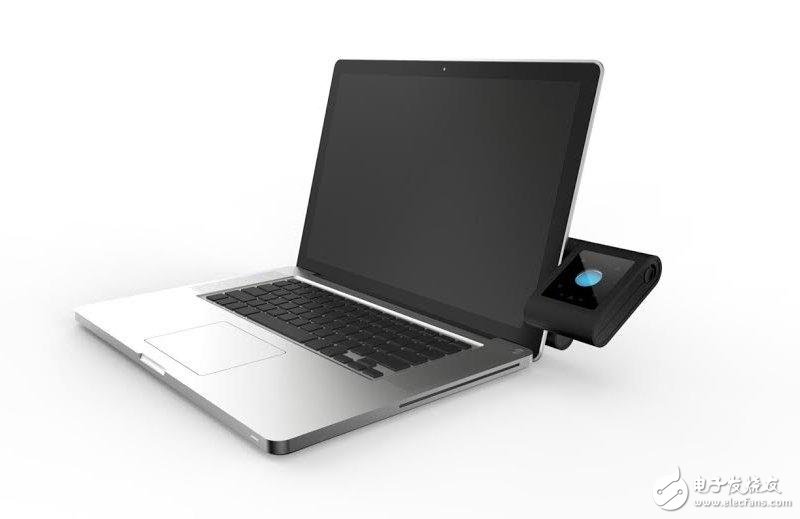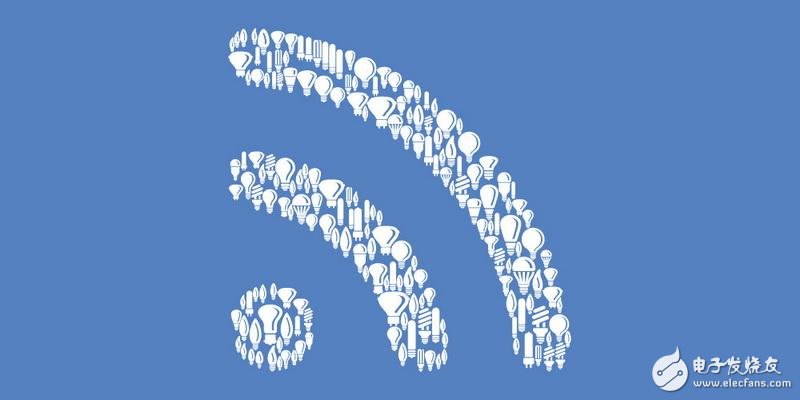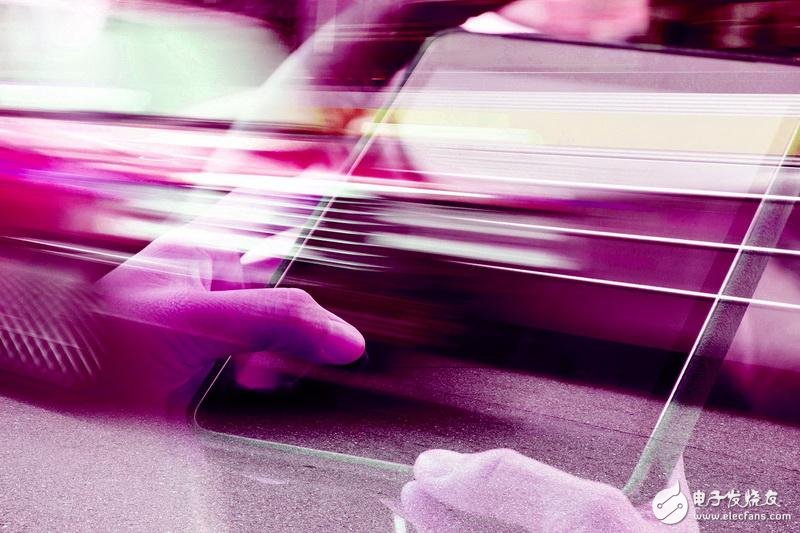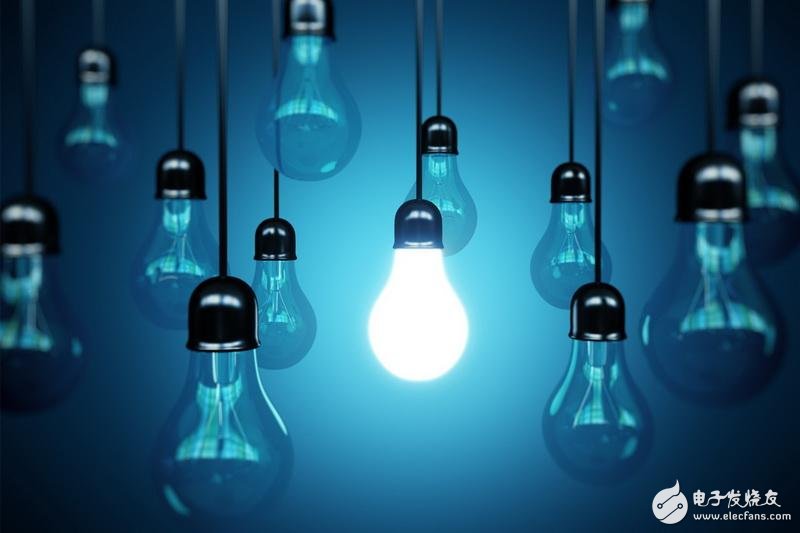Years ago, Harold Haas, a professor of mobile communication at the University of Edinburgh in Scotland, proposed a theory that could use LED lights to transmit data. Now, this technology has become a reality in his hands - successfully developed a working prototype of the Li-Fi system. The so-called "Li-Fi" refers to visible light wireless communication technology. If Haas is right, in just a few years we can use the LED lights at home to access the Internet.

pureLiFi's latest Li-Fi prototype
In a recent TED talk, Haas demonstrated a Li-Fi prototype that used a LED light bought in the store to transfer a video to a solar cell and then to a computer. Haas said: "Li-Fi is essentially the same as Wi-Fi, except for a small difference - Li-Fi uses the LED lights around us for wireless data transmission, not radio."
Traditional Wi-Fi uses radio signals to transmit data to devices such as cell phones and computers. Currently, about half of the world's Internet data transmission is done via Wi-Fi. With the increasing number of Internet users and the expansion of the Internet of Things, this proportion will increase further in the next few years. Some experts, including Haas, worry that this will cause a so-called "spectrum shortage," resulting in a slowdown in Wi-Fi speed due to huge demand. (The Internet of Things is the "Internet of Things", from remotely controlled coffee machines to smart cars.)

Haas pointed out: "The radio spectrum is not enough to meet the demand. It has been heavily used and has become overcrowded. At airports and hotels, many people access the mobile network, causing the speed to be terrible. About 12 or 15 years ago, I was I noticed this phenomenon. I thought at the time, 'Is there a better way to wireless data transmission?'."
The idea of ​​transferring data using the visible spectrum is not new. As early as 1880, Bell, the father of the telephone, used a beam of sunlight to transmit the sound of a light telephone (a solar cordless phone). In the past few decades, many researchers have studied how to transmit data using visible light. Haas found the key to Li-Fi – using ordinary LED lights to transmit data. When he researched alternative wireless networks, LED lights became more popular in the home because they were more power efficient than traditional incandescent lamps. The LEDs are controlled by the drive and allow the bulb to dim quickly or quickly open and close. Haas realized that the data could be encoded into subtle changes in the brightness of the light that the human eye could not detect.

With this in mind, he took the students to experiment with the IKEA LED lights and replaced the original incandescent lamps. In the end, they developed a working reflection and receiving system using LED lights and solar panels. Their Li-Fi study was conducted in a building named after Bell in the University of Edinburgh. Li-Fi is much faster than Wi-Fi. In a recent experiment, the researchers let Li-Fi transfer speeds of 224GB per second. At this rate, it takes only 1 second to download 20 feature films. According to Haas research, Li-Fi's data density can reach 1000 times that of Wi-Fi because Li-Fi signals are limited to a small area, while Wi-Fi radio signals are more dispersed.
Haas pointed out that in addition to speed far beyond Wi-Fi, Li-Fi also has higher security. The Wi-Fi signal can go through the wall, so that your neighbors can't discuss it. But if you use Li-Fi, you can close the signal by simply pulling on the curtains. This type of system does not mean that the lights are always on, the LEDs can be dimmed to almost extinction, but data can still be transmitted.

Now, Haas' PureLiFi has begun mass production of Li-Fi routers for a limited company. They hope to extend Li-Fi routers to larger markets in the next few years. A few years later, Li-Fi is expected to be used in the corporate and industrial sectors. It won't take long for them to walk into ordinary families. This system can be accessed via any device equipped with LED lights, such as electric kettles and ovens. Their popularity will accelerate our pace of entry into the Internet of Things era. Haas believes that Li-Fi technology can send the Internet to remote areas by using hilltop transmitters and rooftop solar panels. LED street lights can even form an outdoor Li-Fi network, allowing any corner of the city with lights to access the Internet.
How fast Li-Fi can be reached is still an unknown. Researchers at the Saint-Sauveur College in Kolkata, India, pointed out: "Li-Fi technology does have many advantages, but we still have to overcome a number of obstacles before it becomes popular in everyday life." Li-Fi signals weaken when the light is blocked, whether it is Smoke is still the case. Despite this, they still said in the research report that Li-Fi technology has broad development prospects, and the market size in 2018 will reach 6 billion US dollars.
The people who study Li-Fi technology are not just Haas and his team. Chinese researchers have also developed a Li-Fi prototype that uses a single LED light to get a few laptops online. The Fraunhofer Institute in Germany is developing a prototype of the Li-Fi hotspot. Even NASA has recently announced a plan to study the potential of Li-Fi in space travel. Haas said: "The incandescent lamp brings light. In 20 years, LED lights will bring hundreds of applications."
1U Patch Cord Rear,1U Patch Panel,1U Fiber Patch Panel,1U Patch Cord Rear Axle
Huizhou Fibercan Industrial Co.Ltd , https://www.fibercan-network.com
